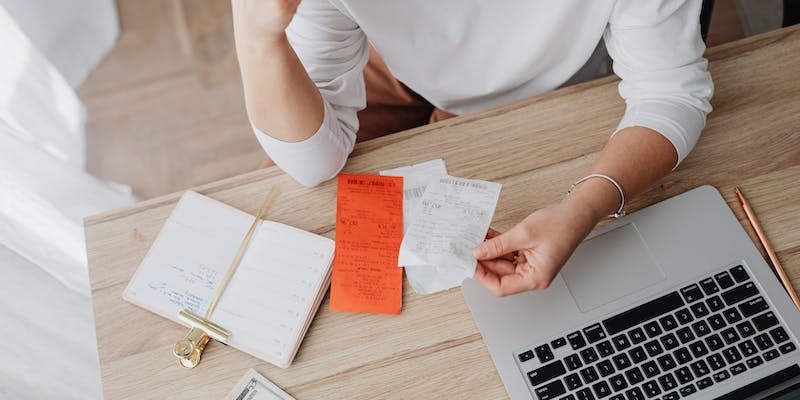Few things are worth compromising in the current economic climate, even if it means spending more money. Even though they may cost more, those products are typically seen as needs by people who buy them, which makes their demand inelastic. People simply tend to rely on them for their daily life. In this article, we will dig into the details of the inelastic demand to help you understand it better. So, let’s get started!
What is Inelastic Demand?
When an item or service's price fluctuates, its static quantity is referred to as being "inelastic" in economics. According to the theory of inelastic demand, customers' purchasing behaviors are primarily constant regardless of price fluctuations.
The medicine would be regarded as an inelastic substance, for instance, if the price increased by 1%, from 200 dollars to 202 dollars, and the demand decreased by just one percent, from one thousand to 995 units.
The drug would be labeled fully inelastic if its price rise did not affect at all the amount wanted. Since they are required for survival, essentials, and medical care tend to be very inelastic, but luxury items like sports cars and cruises seem to be more flexible.
How Does Inelastic Demand Actually Work?

The amount bought ought to move in the opposite direction of price, according to the Principle of Demand. As a result, demand ought to decline with rising prices and rise with falling prices. But there are times when the correlation between demand and price isn't exactly perfect.
The percentage increase or decrease in the quantity requested for an item divided by the percentage increase or decrease in the price of the same commodity yields an estimate of demand elasticity. For example, the proportion is going to be 0.1/0.1 = 1 if the cost of bananas decreases by 10% and the demand quantity increases by the same percentage.
What Factors Make a Demand Inelastic?
Here are some of the factors which can influence an elastic demand and make it inelastic.
Availability of Substitutes
Demand becomes more elastic if it is simple to find an alternative product when the price of a product increases. There will be substantially inelastic demand when you have few or no alternatives. Fuel is a prime example. Since fuel is required to get us from one location to another, we will always purchase petrol, no matter how much it costs.
Luxury or Necessity?
Demand for items that are essential to daily living won't fluctuate much in response to price fluctuations. This item or service has been deemed essential. Conversely, a luxury is excellent to have but not absolutely required. When faced with a choice between cookies (luxury) and medicine (necessity), a family will always prefer the medication, regardless of its cost.
Consumer’s Budget
A slight price rise might make an item that consumes a significant amount of a customer's budget unaffordable. A consumer's residential budget, for instance, may be set at 50% of their salary. If there is a slight increase in costs related to housing, consumers are more inclined to relocate to a cheaper area rather than forgo power, food, or medication.
Less Frequently Used Items
You are unlikely to be impacted by price fluctuations if you are an infrequent buyer. For instance, since cars are typically bought every few years, demand will not alter in response to price fluctuations. Generally speaking, when automobile costs increase, buying another vehicle may wait till they go down again.
Habitual Consumption
When a product becomes a customer's go-to option, price changes often have little impact on them. For instance, since smokers have an addiction to cigarettes, the need for them won't decrease even if the cost does.
Elastic Demand Versus Inelastic Demand

The demand for a product could either be elastic or inelastic. There are a few significant differences between both, which are listed below.
Adaptability to Price Fluctuations
In the case of elastic demand, buyers react quickly to price adjustments. The quantity required for an item or service falls dramatically as the cost rises, and it rises noticeably when the price falls. The dynamic link between pricing and customer behavior is reflected in this responsiveness.
Consumers with inelastic demand do not react strongly to price fluctuations. When prices change, the quantity needed doesn't really change. This is especially typical when it comes to necessities that have few substitutes.
Substitutability
There are usually plenty of alternatives to elastic items in the marketplace. These commodities are more interchangeable since consumers may quickly move to other items if the cost of a particular item increases.
On the other hand, there are either few or no alternatives for inelastic commodities. Because there are relatively few alternatives, consumers depend on these items, which reduces their flexibility in making decisions when prices fluctuate.
Changes Over Time
Over time, elastic demand is more likely to undergo notable fluctuations. Customers may postpone their purchase in order to take advantage of offers or discounts, which might change the quantity requested.
Throughout time, inelastic demand has been comparatively steady. Essential items are difficult for consumers to put off or avoid buying, which leads to a steady demand pattern.
Categories of Products:
Luxuries and non-essential goods and services are frequently connected to elastic demand. Customers have the choice to forgo these items or switch to alternatives in the event that costs increase.
While inelastic demand is associated with essentials and meaningful products, there are no easily accessible alternatives for these necessities for daily living.
Wrapping Up!
Think of inelastic demand as your favorite food, you simply cannot resist eating your favorite food no matter how expensive it is. You are going to get it at any cost. In the same way, inelastic demand covers all those items that you cannot resist because they may be your favorite item or maybe something you use in your daily life. So, keep in mind that the inelasticity of a product could be the reason why its price does not change the next time you pick up that favorite or must-have product.




